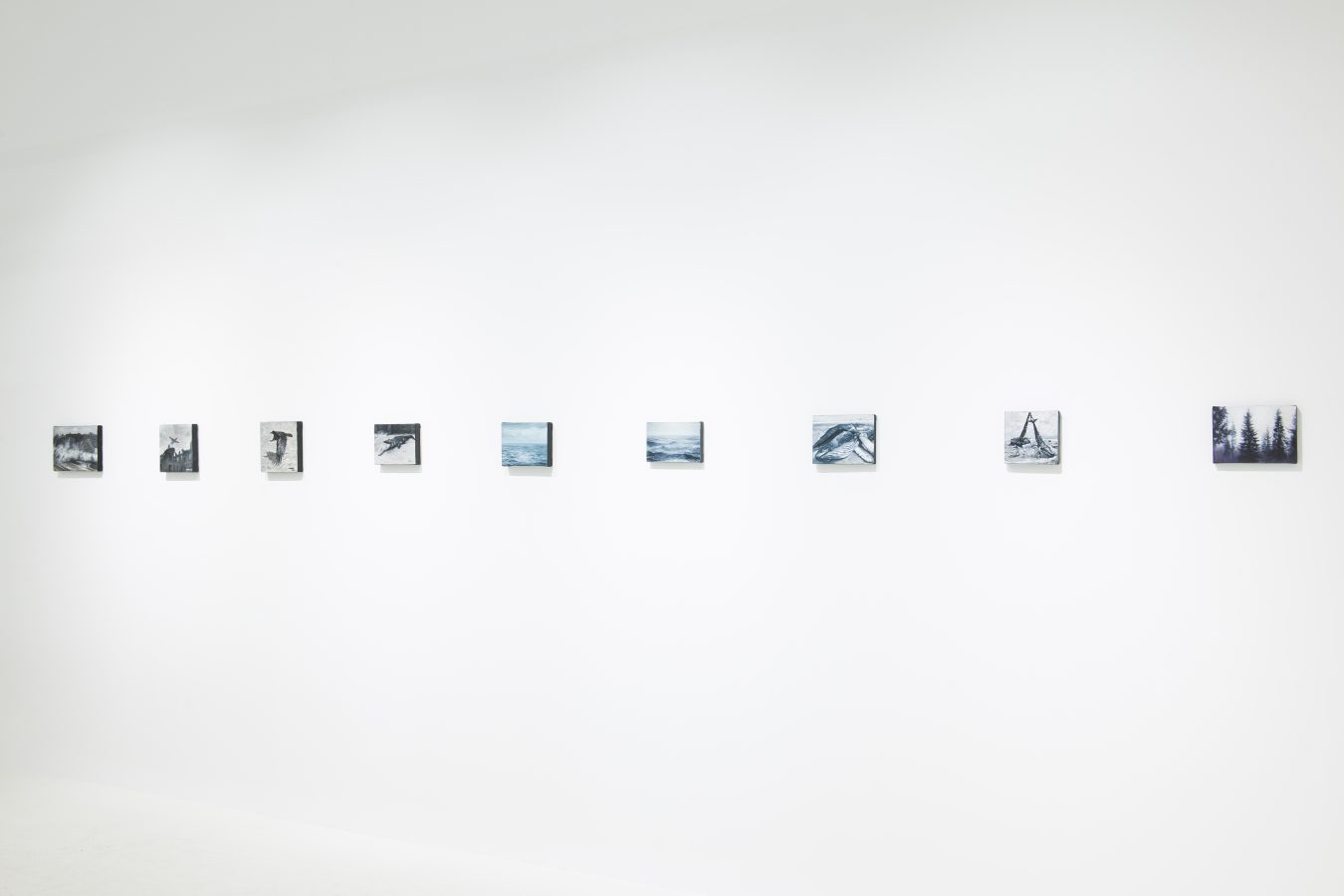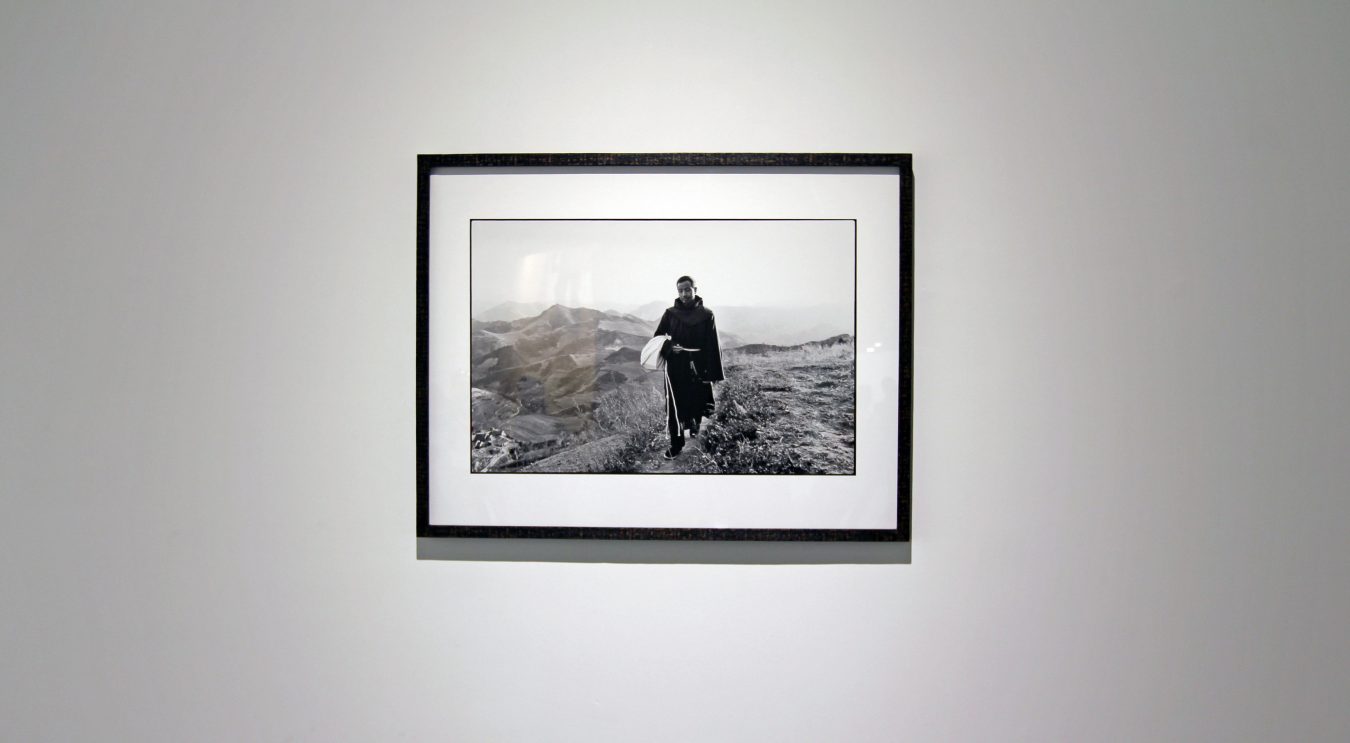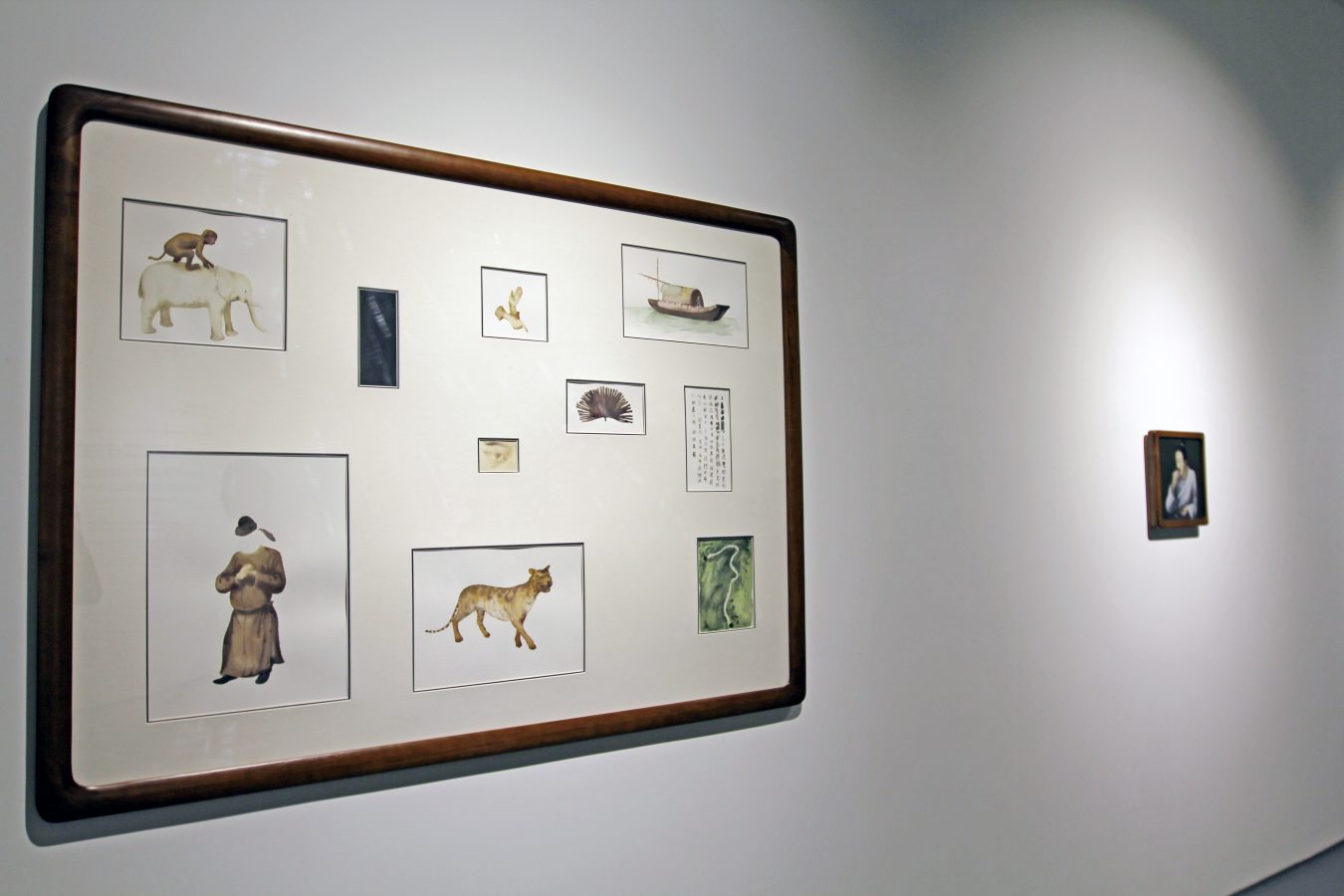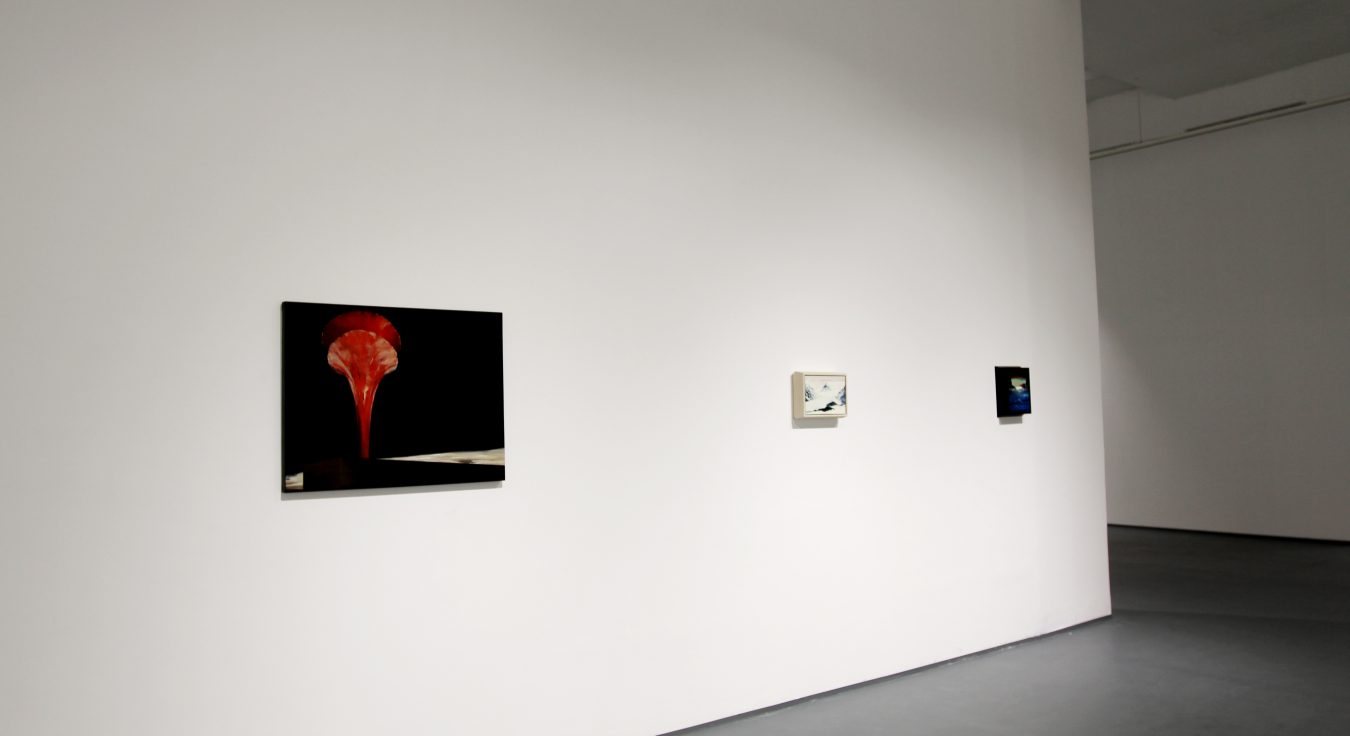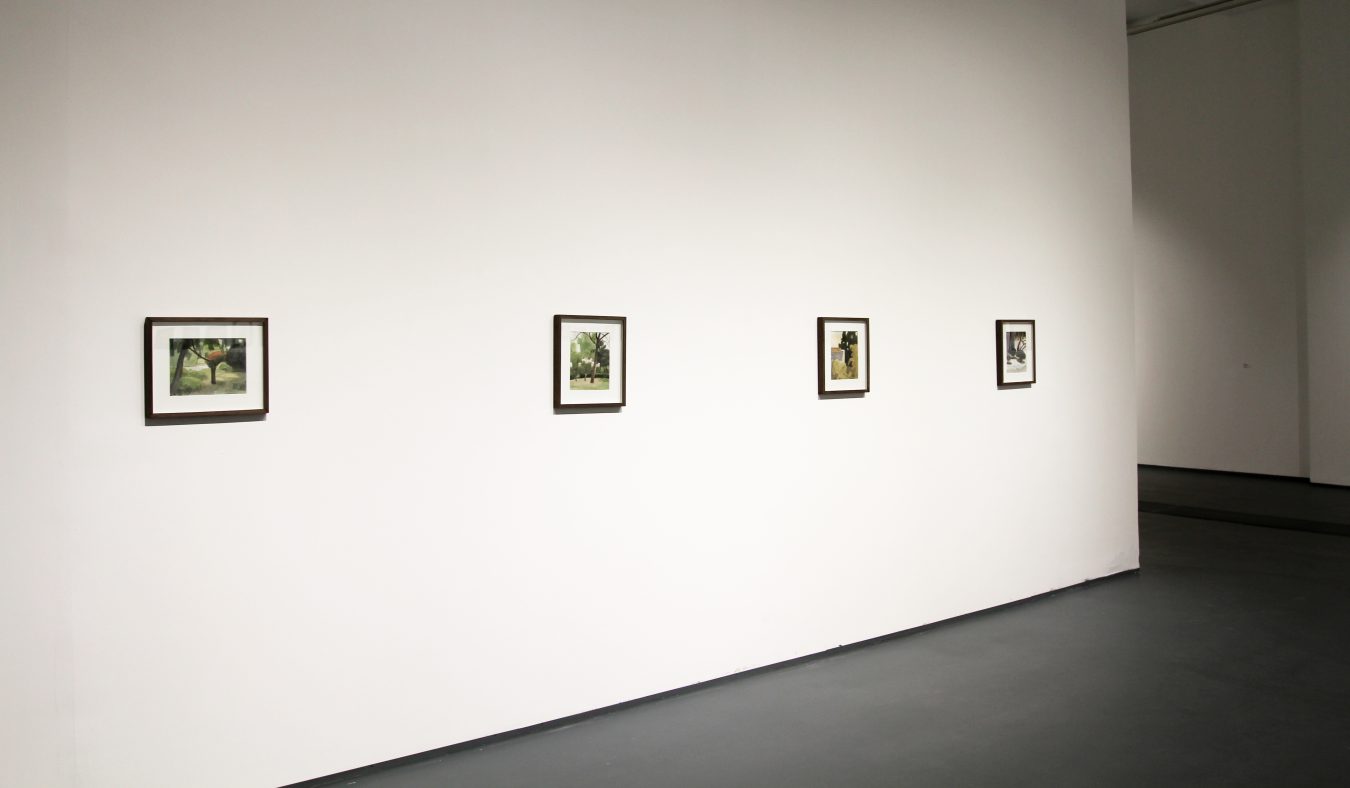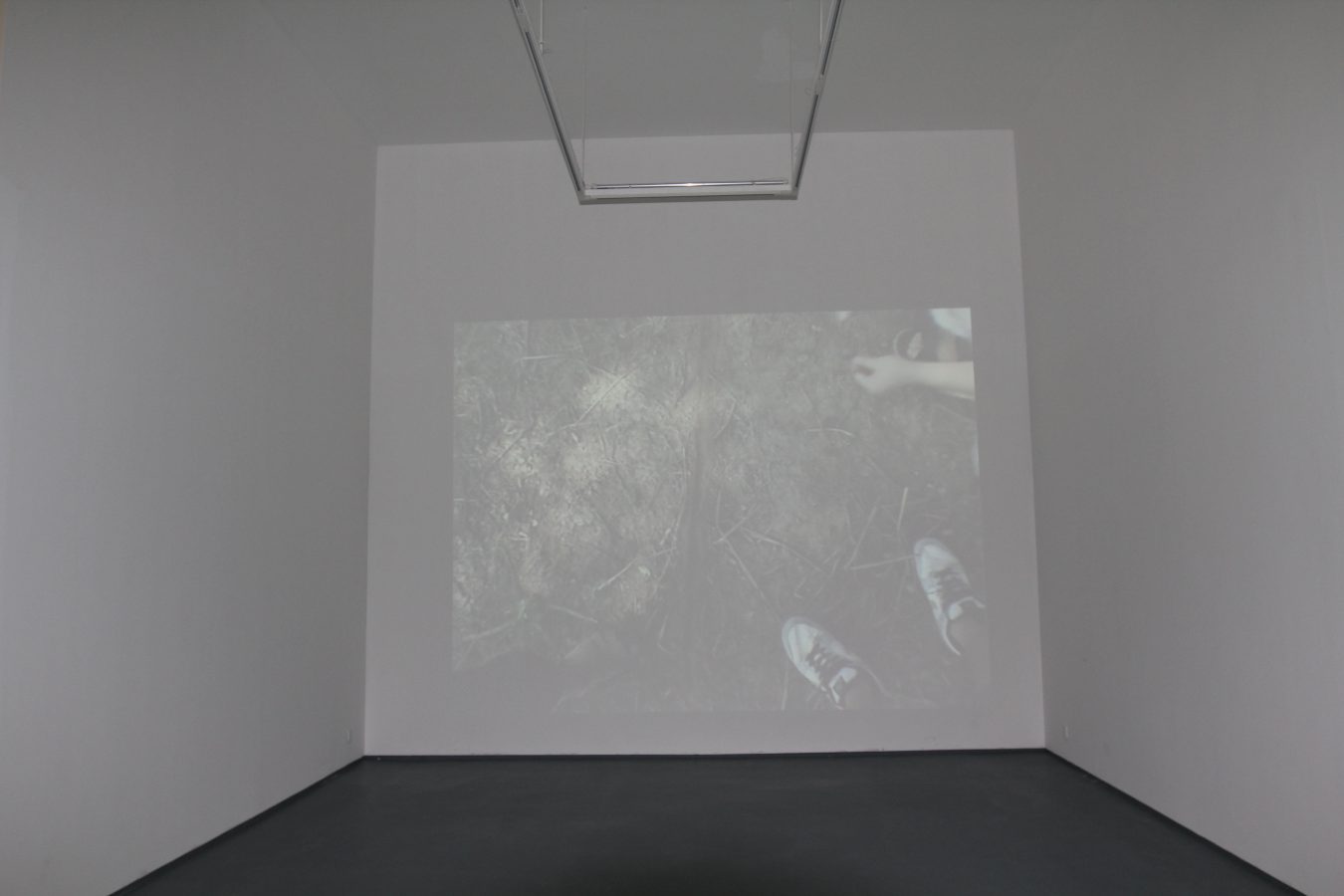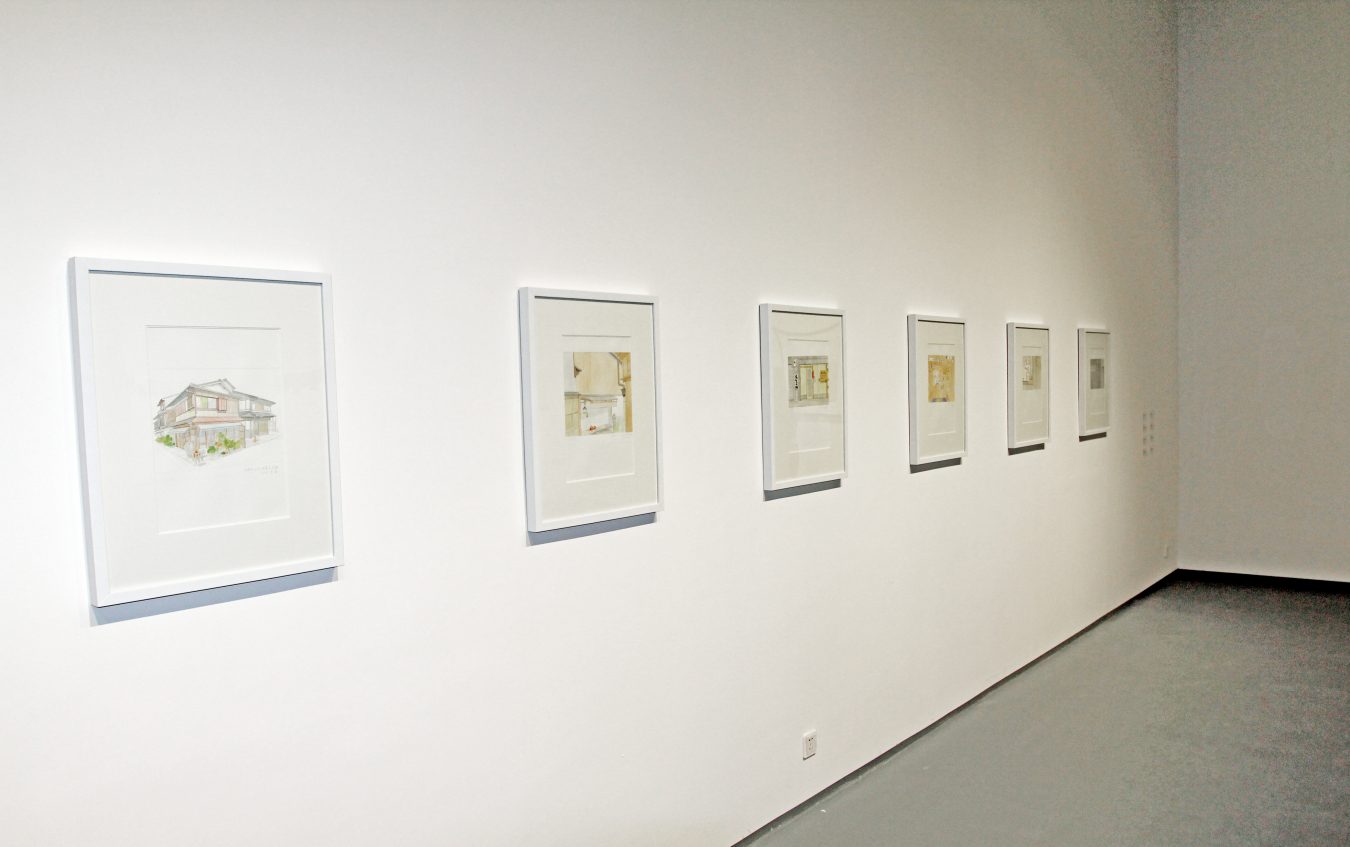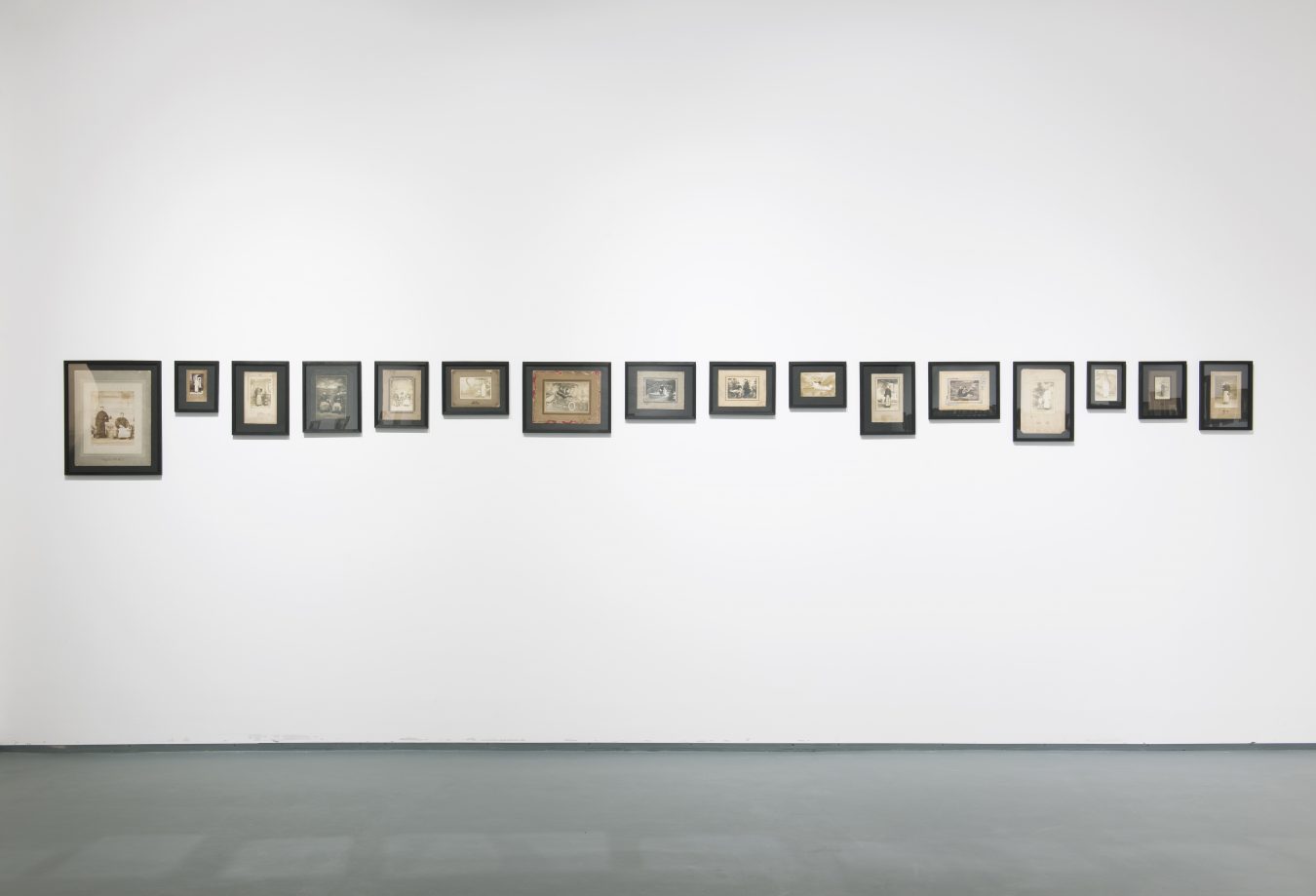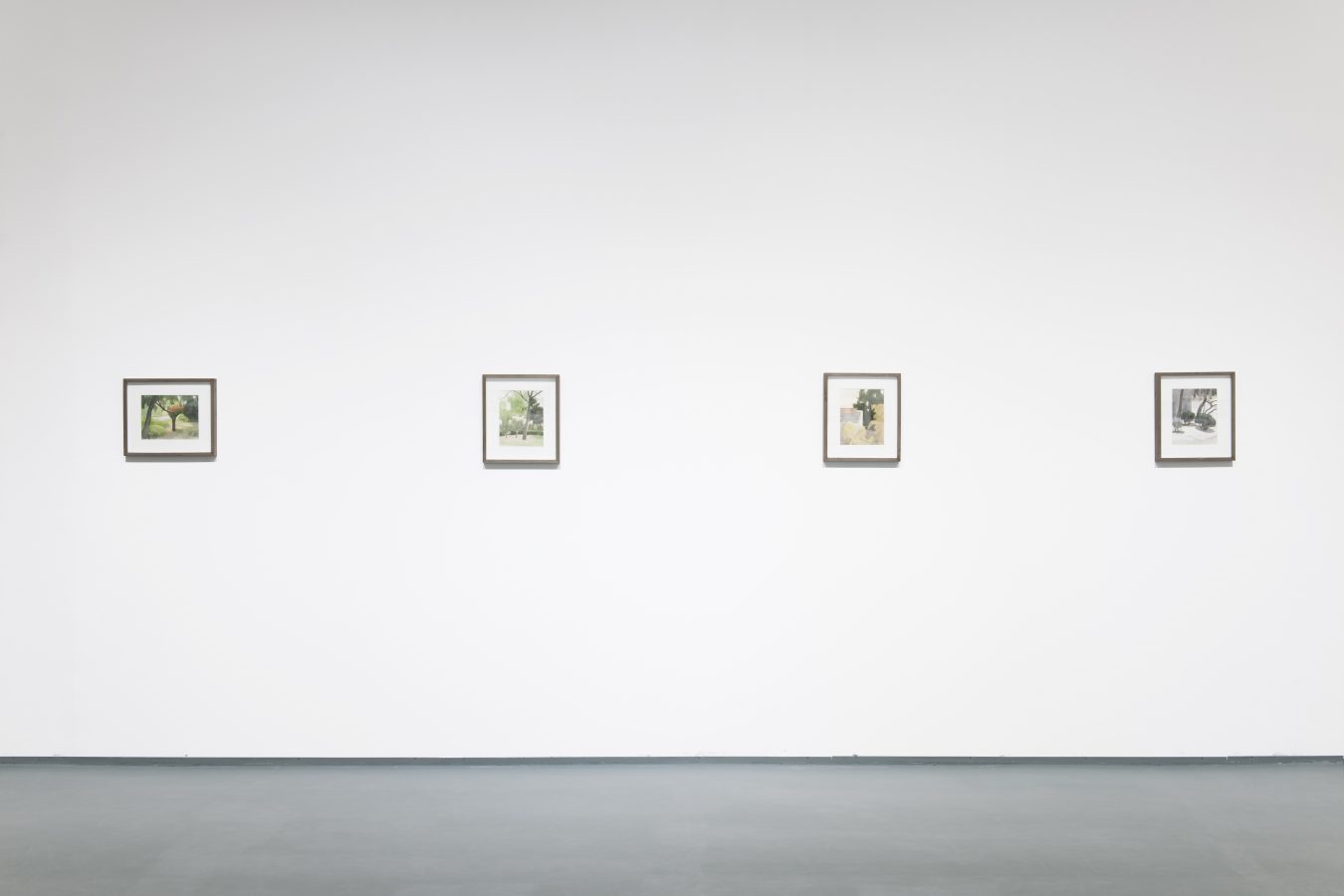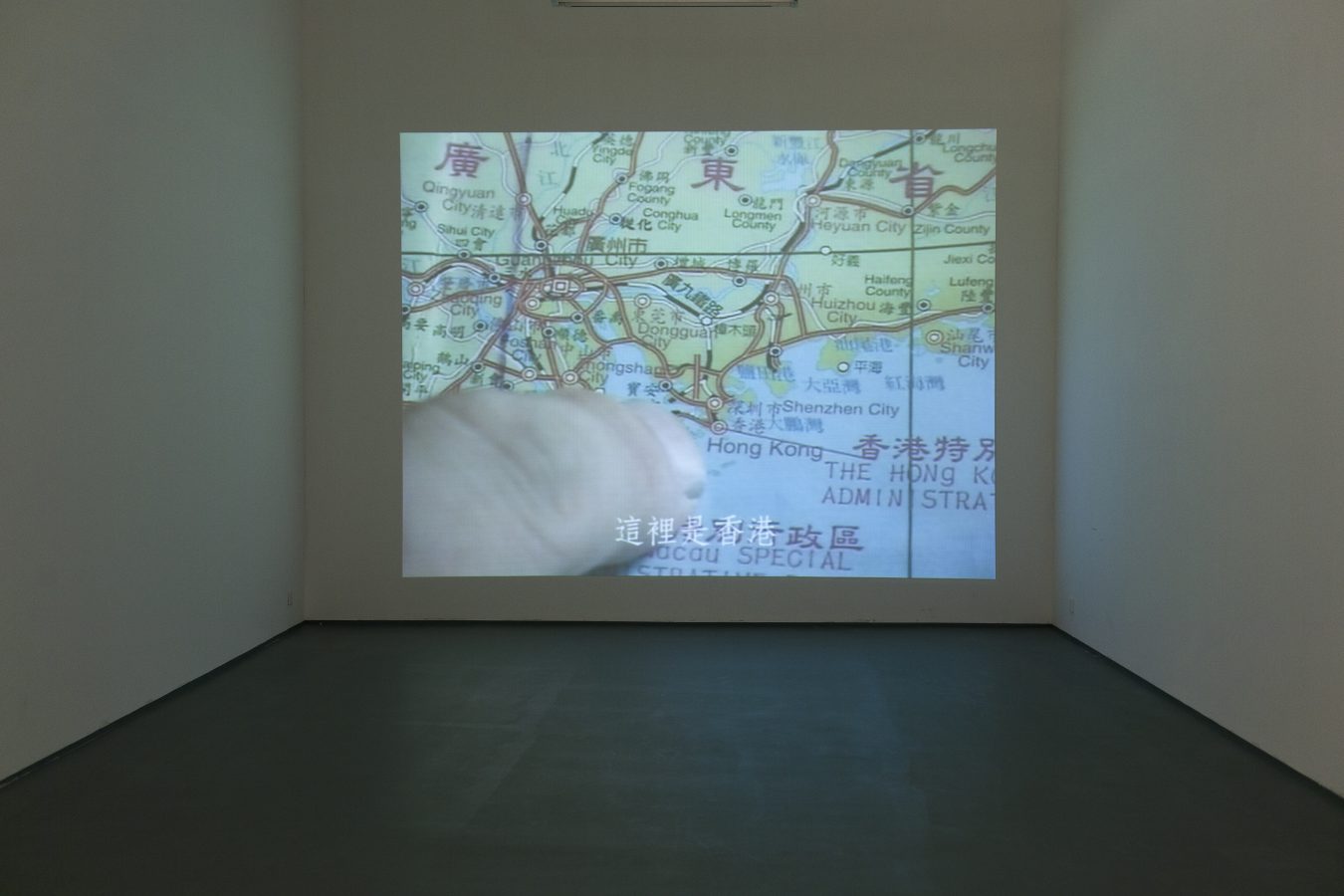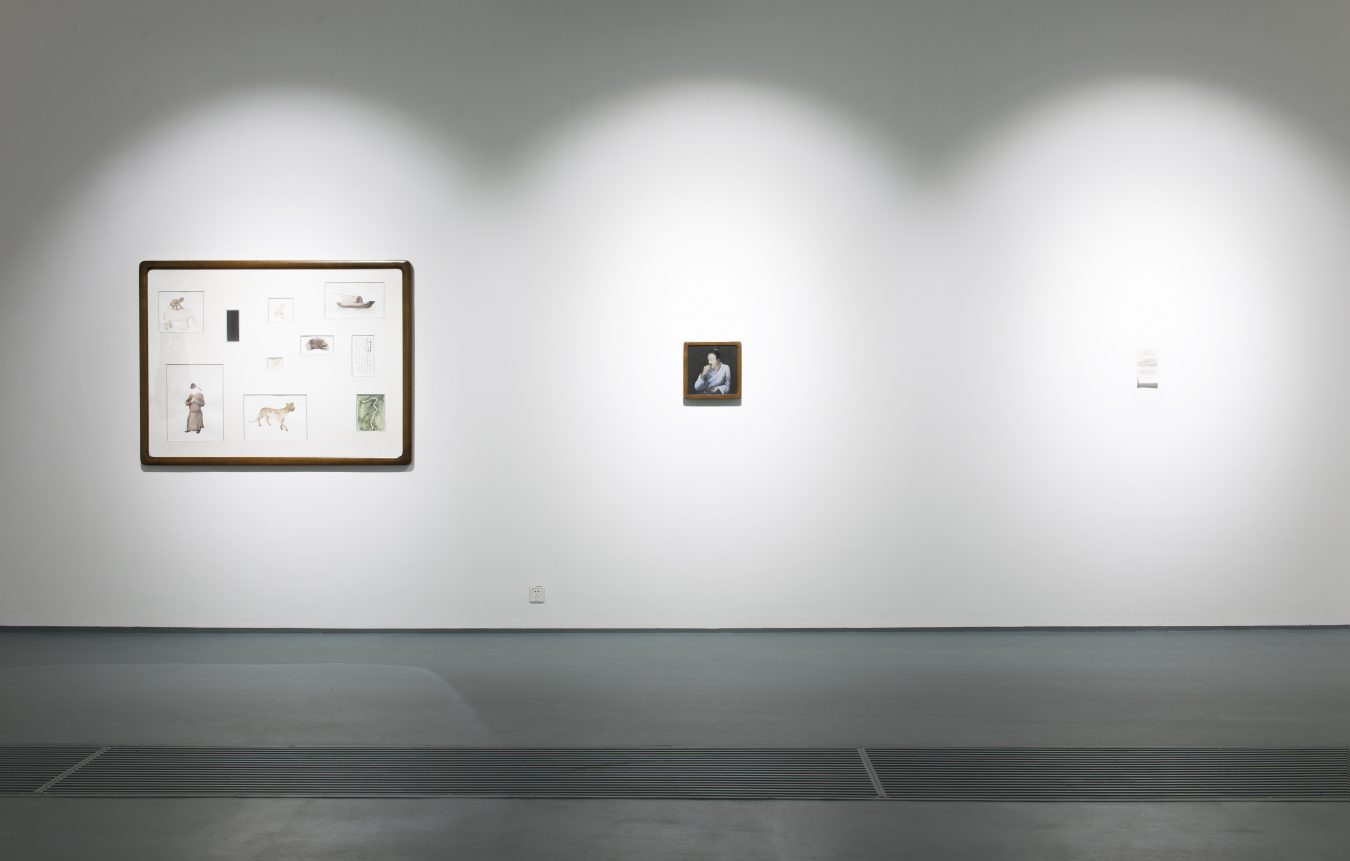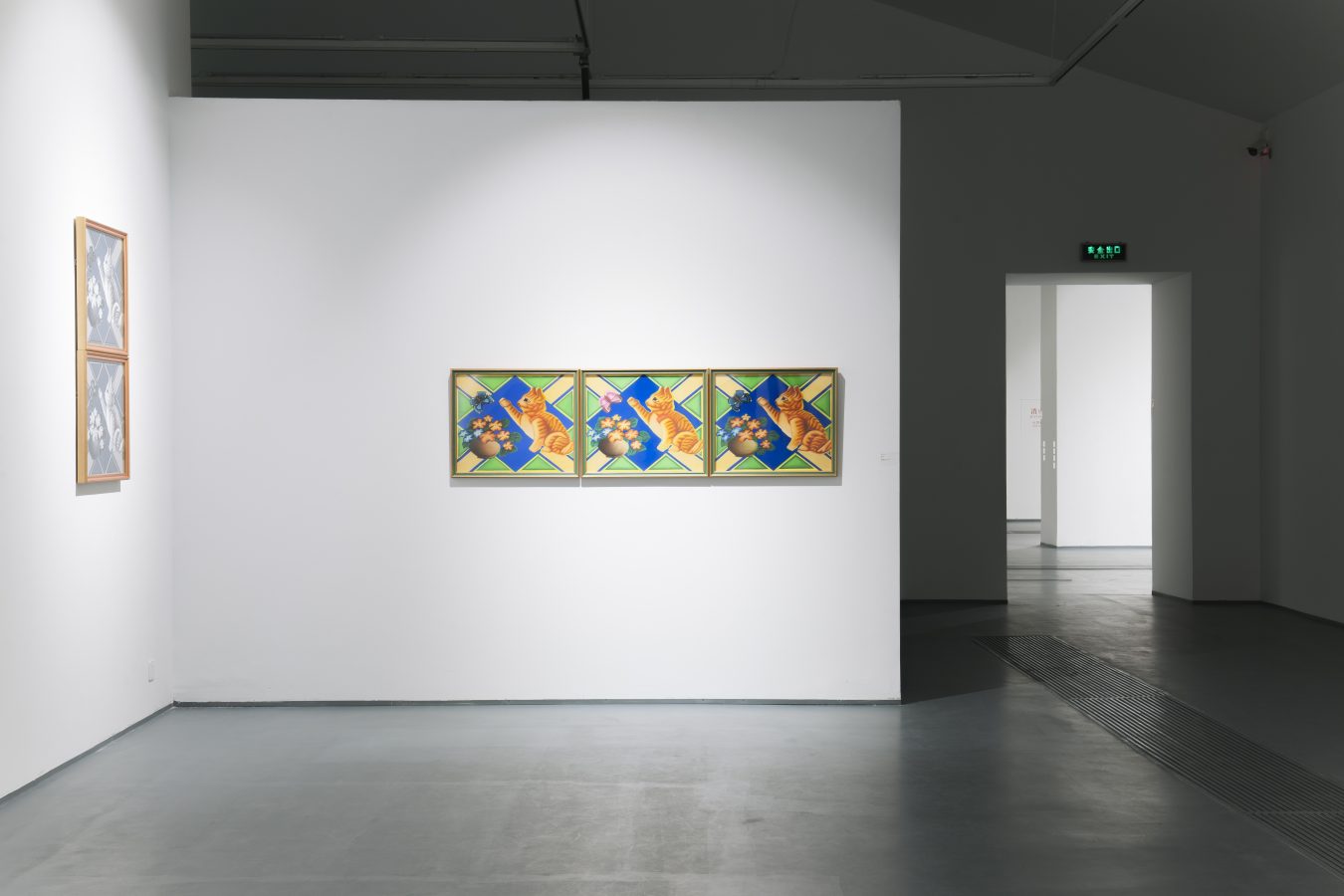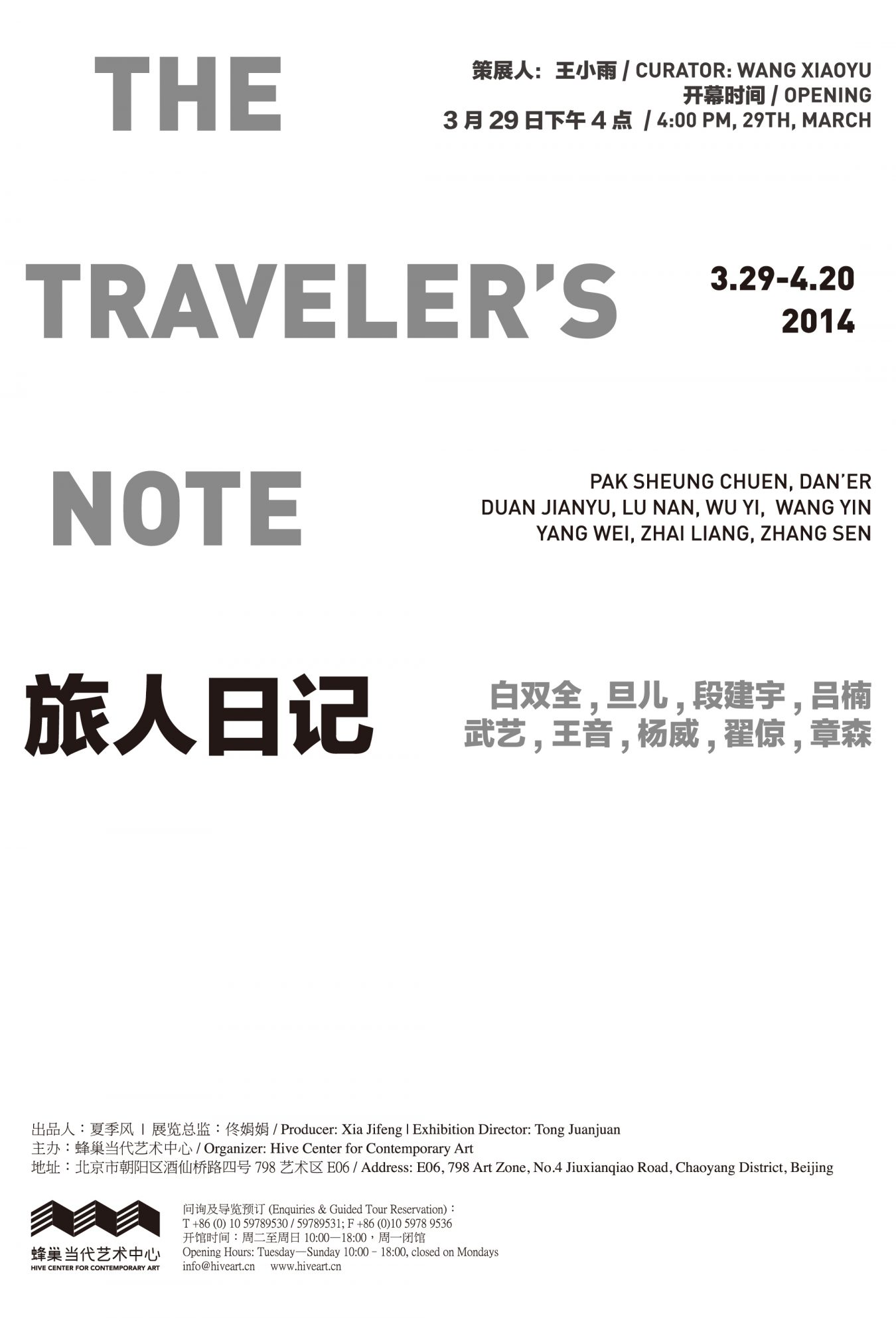Travelling through the exotic nature of the contemporary age is the embarkation point for this exhibition.
Travelling can be a form of self-treatment, a path for gaining a personal experience, the material of artistic creation, or a way of escaping the struggles of everyday life and bringing the rhythm back to one’s breath…
Travel has become a necessity for contemporary life.
Returning home is a human instinct. Driven by a certain force, whether external or internal, people are always heading out from home—the existence of families necessitates travel.
The exhibition discusses travel on three levels.
- Experience
The artworks on this level are directly connected to being “on the road” .
- Vicarious Travel
Vicarious travel was an aesthetic concept invented by the ancient Chinese. It is first mentioned in writing in Preface to Painting Landscapes by Zong Bing of the Southern Song dynasty. As Zong Bing grew older, he was no longer able to travel, and so he filled his house with landscapes painted from memory. Though confined to a small room, he was still able to travel off to distant lands. Vicarious travel arose from the limitations of the body. It was originally an act of desperation, but later literati figures would develop it into a positive aesthetic ideal, pursuing the “ability to roam and sojourn” in landscape paintings. The ancients used landscape painting to realize the ideal of vicarious travel. Modern people perhaps use posters, postcards, television programs, plants, scents, music and interior decoration to do the same…
III. Concept and Text
Literary works create geography. People’s impressions of a place may take shape before they have even reached it. It is the same with the way cultures imagine each other.
